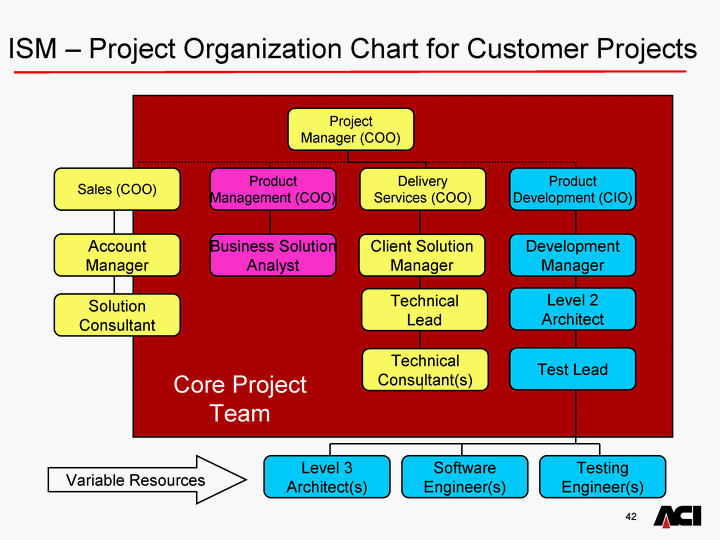3D Printing And Composites- Industry Challenges
Thirty years ago, 3D printing seemed liked a dream in the distance, much like deep space travel. However, it has not only arrived but is moving forward very rapidly. Recently, a multi-material colour printer launched, with a carbon fibre printer poised to follow. For those who work with composites, it offers tremendous opportunities as well as some big challenges.

The Replicator Is Coming
3D printers offer much more than a product pulled from thin air, like the Star Trek replicator dream. They enable manufacturers to significantly speed up and improve their processes.
3D printing’s most obvious benefit is prototype production. 3D printing is not cheap, and when it comes to cost-effective mass production, it isn’t able to match other systems. However, it works very well for producing bepoke items like prototypes. Hand crafting new items and setting up complex machinery is no longer necessary. The design can go from the computer directly to physical reality to be used for tool design and testing.
This allows manufacturers to experiment with designs that might be difficult for traditional machining. Recently a 3D printer at CES demonstrated its ability to produce confectionary into shapes that using traditional methods would be virtually impossible to do. It provides chocolatiers with one more tool in their arsenals. Similar developments are promised for other industries.
However, what may be the most promising of all is the move towards manufacturing that is more streamlined. 3D printing possesses some of the same principles that are integrated into Toyota’s famous production system, along with lean manufacturing systems that came after. Hand-offs from one part of the production line over to another is reduced, which offers the ability to shift production from one product over to another one using the same line. Items can also be produced in precise quantities to match customer demand. If a way is found to make the technology more cost effective, it could transform manufacturing as we know it.
Bigger Isn’t Better
Traditional manufacturers face challenges from the potential that 3D printing offers for lean production. However, the issue of copying poses a much more immediate challenge.
3D printers and 3D scanning are beginning to be combined. This will enable disreputable individuals and companies that don’t have the resources for purchasing brand name products the ability to scan items and then print copies of the objects. The entertainment industry already has been challenged with the copying of product and then pirates distributing the copies. In today’s electronic world, large companies are beginning to lose their edge in terms of intellectual property control. The same types of problems are able to be faced by manufacturers.
Responding To Intellectual Property Challenges
Manufacturers can respond to the challenge in two ways.
The first thing they can do is try resisting the challenges through legal battles to have competitors prohibited from copying their designs. This approach can be seen in the court battles that involve King, the company that backs Candy Crush Saga. The approach is a brutal and protracted one that legally favours big businesses but damages the company’s public image.
Then there is the more flexible approach. Composites manufacturers, sooner or later, can accept the fact that others will be copying their designs. They can choose to concentrate on making use of skilled craftsmen and manufacture the most current items using skilled tooling design, flexibility and innovation. Seizing on the opportunities that 3D printing makes possible, instead of trying to resist them, is an approach that is available to both small and large companies. The fate of the company isn’t left to outsiders like juries and judges. It also helps a company build its reputation as an innovator that will help to draw customers in.
3D printing is definitely here to stay. The changes the technology brings are irresistible. Manufacturers must answer the question of whether they will take advantage of this opportunity and realize its full potential or sit by and demand to be left alone?








